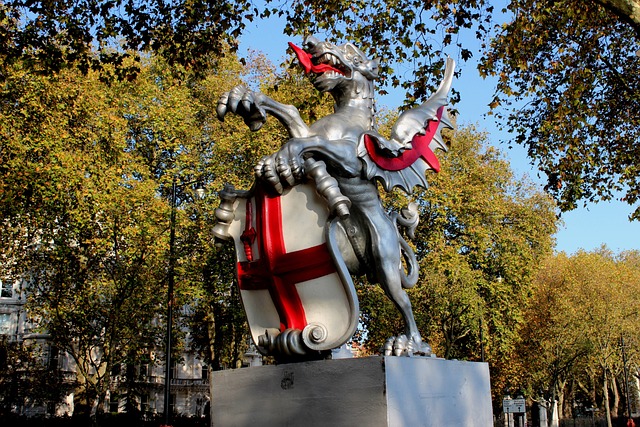Who was St George?
St George was born in around AD 280, in the region of Europe we now know as Turkey. St George was a soldier in the Roman army, and he later progressed to the role of a personal guard for the Emperor Diocletian.
The emperor was one of the leaders of the Great Persecution of Christians, which saw churches destroyed, scriptures burnt and followers of the religion prohibited from joining the army and assemble for worship.
However, St George protested against this and continued to remain dedicated to his Christian faith. For standing up for his beliefs; he was tortured, imprisoned, and he was eventually beheaded in Palestine on April 23, AD 303.
The Tale of the Dragon
Legend says that St George fought a dragon and saved a princess in the town of Silene (in modern day Libya).
According to the legend which has been passed down through generations; the only well in Silene was guarded by a dragon. In order to get water each day, residents had to make human sacrifices to the dragon, who then allowed the people access.
A princess was the next to be sacrificed and on the day she was due to be killed, St George bravely fought the dragon to save her. After St George successfully killed the dragon, the people of Silene were finally granted free access to the well and, as a token of their gratitude, they converted to Christianity.
Why do the English celebrate St George?
St George became a legendary figure in English history due to his courage and bravery – but the interesting fact is that St George himself never actually set foot in England!
The country adopted him as its patron saint as early as the 13th Century, where King Edward III established the Order of the Garter in his name.
April 23rd was chosen as the date of celebration to mark his death.


